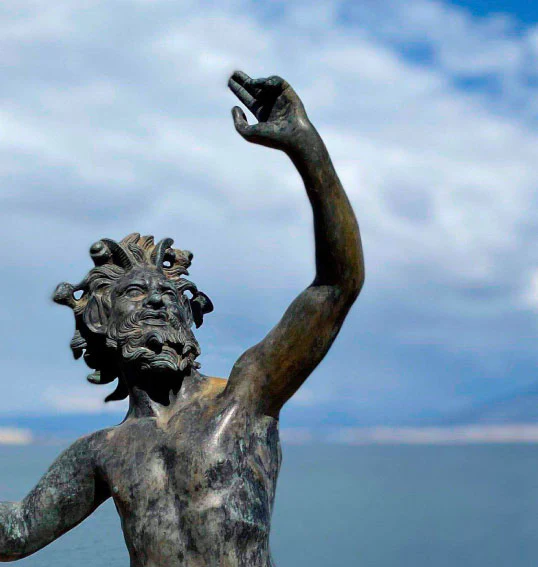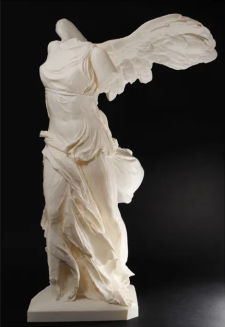The Dancing Faun of Pompeii
250,00 €
Fauns are spirits of untamed woodland; they are typically depicted as half human and half goat. Literate and Hellenized Romans often connected their depictions of fauns with Pan and Greek satyrs, who were the wild followers of the Greek god of wine and drama, Dionysus.
500 disponibili
Descrizione
The bronze statue of a Dancing Faun is what the House of the Faun is named after. In the centre of the atrium there is a white limestone impluvium, a basin for collecting water. The statue was found on October 26 of 1830 near one side of the impluvium and a small fountain in the center. The original statue is currently located in the National Archaeological Museum (Museo Archeologico Nazionale) in Naples, thus the statue seen today in the house’s ruins is a copy. Fauns are spirits of untamed woodland; they are typically depicted as half human and half goat. Literate and Hellenized Romans often connected their depictions of fauns with Pan and Greek satyrs, who were the wild followers of the Greek god of wine and drama, Dionysus.


